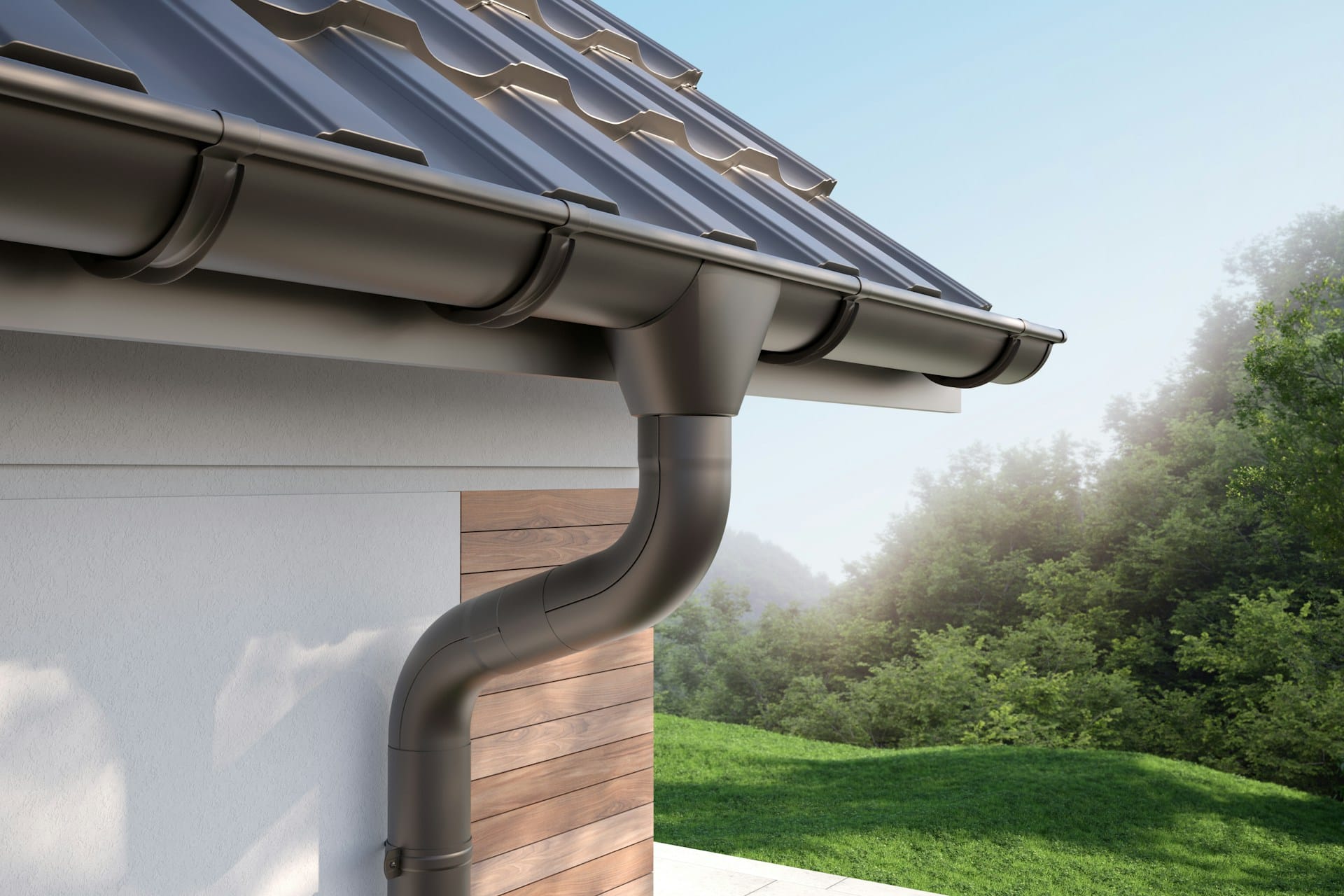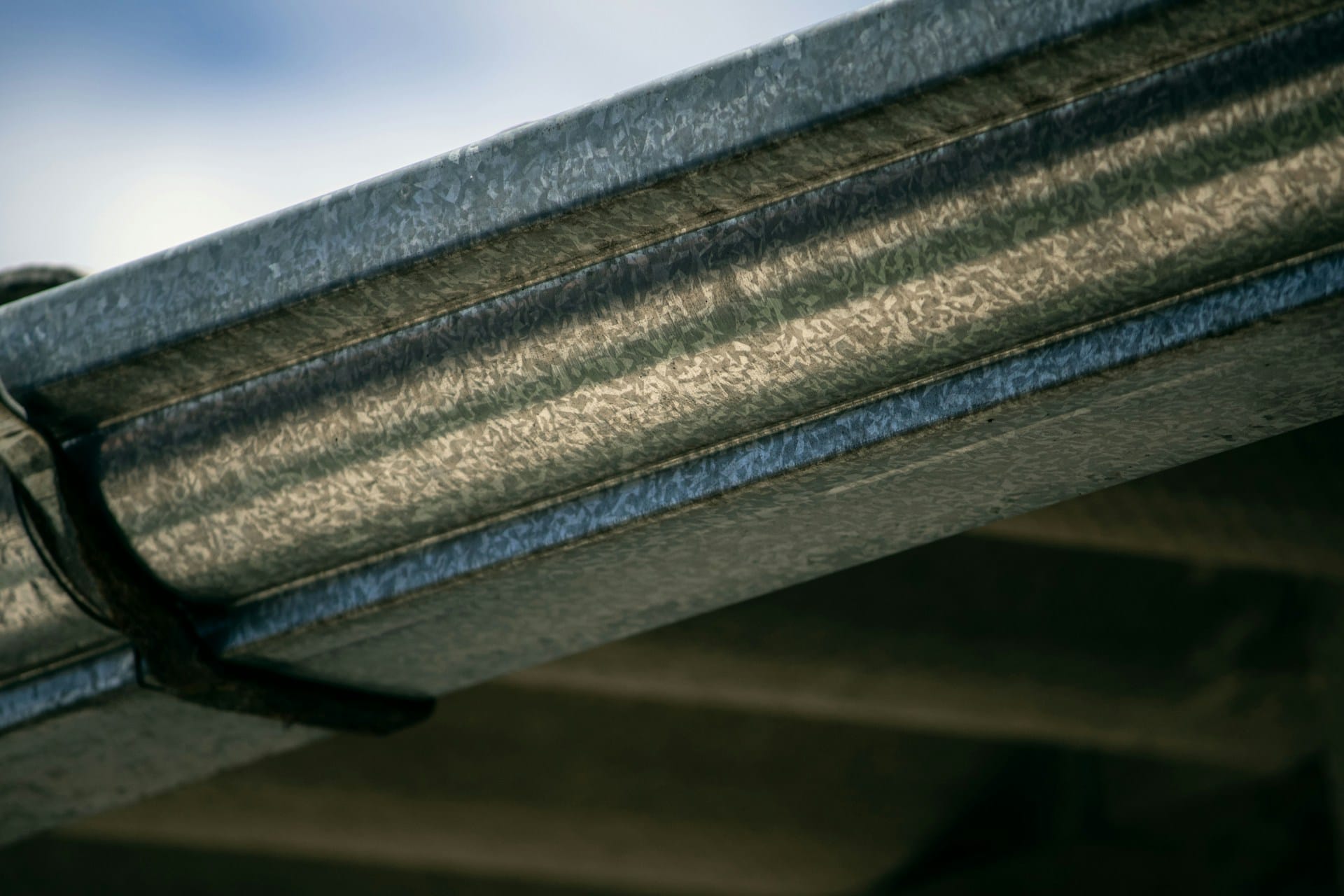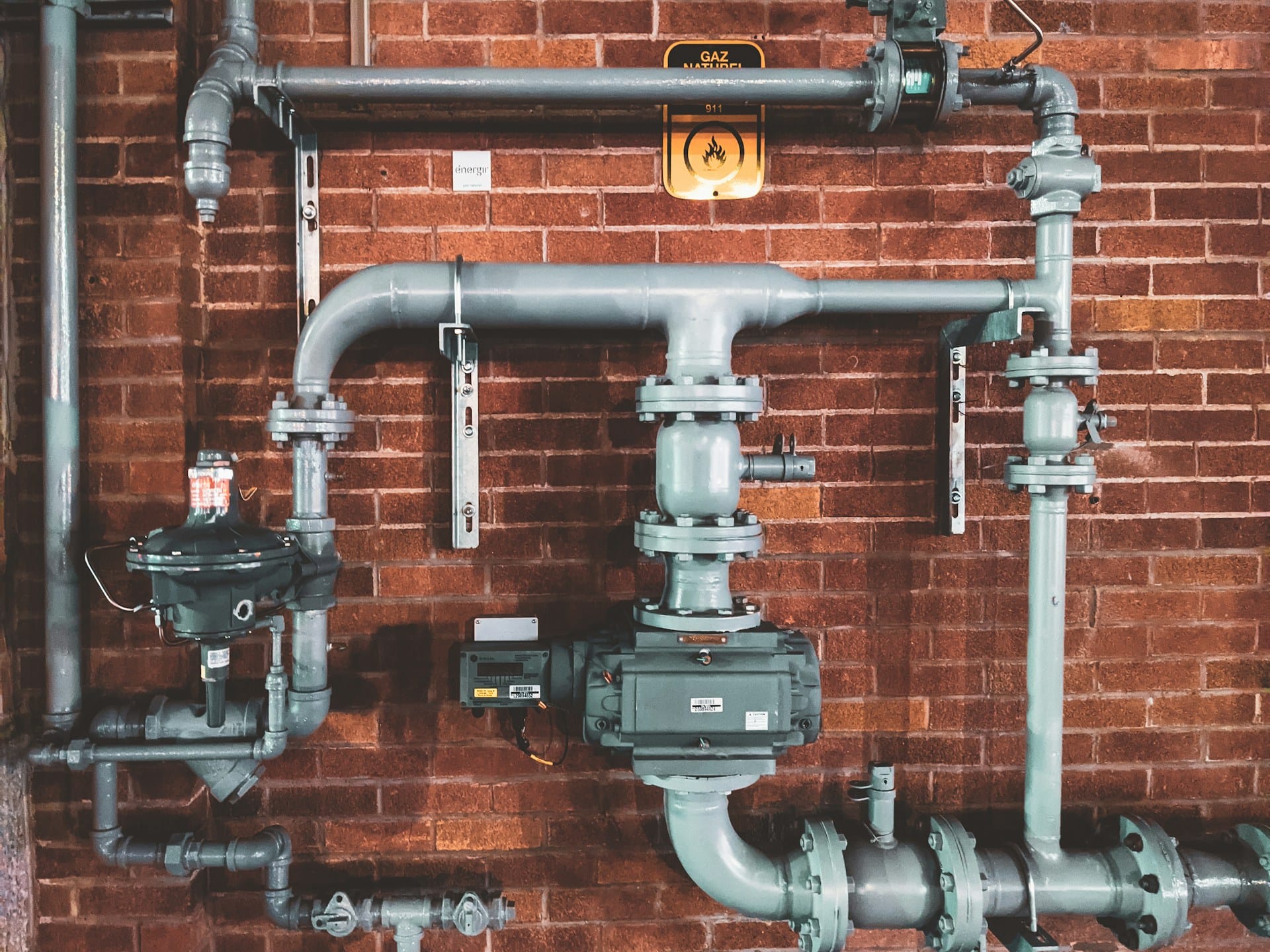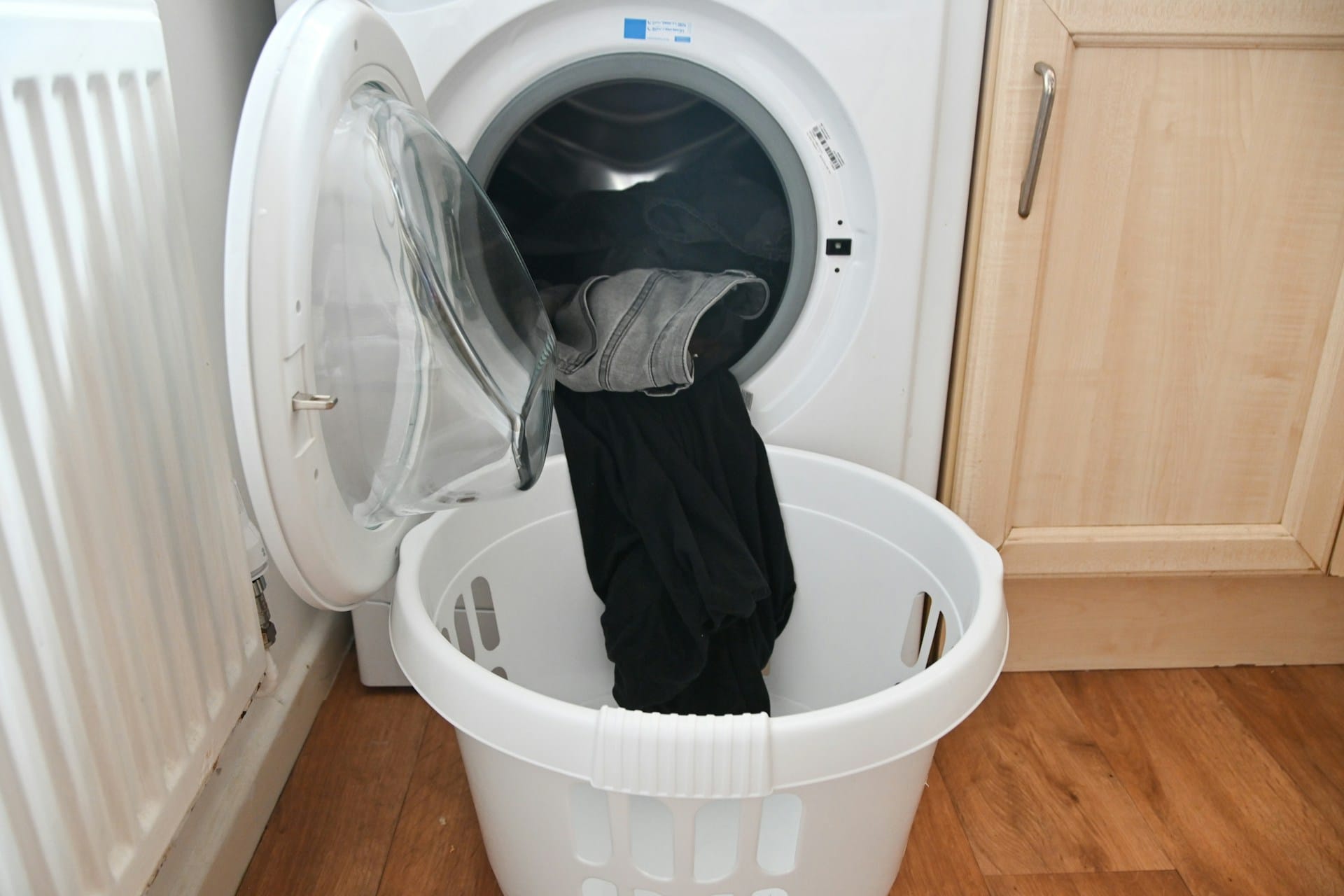Cleaning your gutter downspout is essential for maintaining the health of your home’s drainage system. By regularly unclogging your downspouts, you prevent water damage, overflow, and costly repairs. Neglected downspouts can lead to stagnant water, which attracts pests and creates an ideal environment for mold and mildew.
The process may seem daunting, but with the right techniques and tools, you can effectively clear blockages and ensure proper water flow. Whether you are dealing with leaves, dirt, or debris, knowing how to tackle these issues can save you time and effort in the long run.
In this guide, you’ll find straightforward methods to clean your downspouts efficiently, keeping your gutters functioning smoothly. Get ready to take control of your home maintenance and protect your property from water-related damage.
Safety Precautions and Preparation
Before beginning the cleaning process, ensuring your safety and being properly equipped is paramount. A well-prepared approach will help you complete the task efficiently and safely.
Gather Necessary Tools and Equipment
Collecting the right tools and equipment is essential for a successful gutter downspout cleaning. Here’s a list of items you should have on hand:
- Gutter cleaning tool: This helps clear debris effectively.
- Trowel: Useful for scooping out stubborn clogs.
- Garden hose: For flushing out the downspout once debris is removed.
- Buckets: To collect dirt and debris as you work.
- Pressure washer: For more thorough cleaning of the downspout.
- Leaf blower: To quickly remove leaves and twigs from the area.
Make sure each tool is in good condition. Having everything ready ensures you won’t have to stop and search for tools during the process, which can lead to accidents.
Ladder Safety and Setup
Using a ladder safely is critical when working on your gutters. An extension ladder is often best for reaching high spots. Follow these guidelines for proper ladder setup:
- Choose a sturdy ladder: Ensure it can support your weight plus any equipment you carry.
- Position the ladder correctly: Place it on a flat surface and at a 75-degree angle.
- Secure the ladder: Have someone steady the base while you climb if possible.
When you’re on the ladder, maintain three points of contact—two feet and one hand or two hands and one foot. This helps you stay balanced and secure while cleaning your downspouts. Prioritize your safety to prevent falls or injuries during this task.
Assessing the Gutter System
Before cleaning your downspouts, it’s essential to evaluate the overall condition of your gutter system. This assessment helps in identifying potential issues and ensures effective maintenance.
Check for Clogs and Overall Condition
Start your assessment by looking for visible clogs in your gutters and downspouts. Debris such as leaves, twigs, and dirt can accumulate, blocking water flow. Inspect each section of the gutter for signs of buildup. It’s important to check for any water pooling around your home’s foundation, as this indicates potential overflow and water damage.
Use a ladder to get a closer look, and consider wearing gloves for protection. If you notice areas with standing water or sagging gutters, these are signs that they may need adjustment or further cleaning. Regular checks can prevent more significant issues, including damage to siding or landscaping.
Identify Gutter System Type
Understanding the type of gutter system you have is crucial for proper maintenance. Most homes feature either sectional or seamless gutters. Sectional gutters consist of separate pieces that can be assembled and installed, while seamless gutters are made from a single piece of material, reducing joints and potential leaks.
Take note of whether your gutters are made from aluminum, vinyl, or galvanized steel. Each material has different maintenance and cleaning requirements. For instance, aluminum gutters might require less frequent cleaning due to their resistance to rust. Finally, check if your system has gutter screens, which can help reduce debris buildup but also require periodic cleaning to remain effective.
Cleaning Gutters and Downspouts
Regular cleaning of gutters and downspouts is essential for maintaining proper drainage around your home. This process prevents water damage and extends the lifespan of your gutter system. Focus on removing debris, flushing gutters, and clearing downspouts to ensure optimal performance.
Removing Debris and Leaves
Start by gathering necessary tools: gloves, a bucket, and a sturdy ladder. Use the ladder to reach the gutters, securely placing it on stable ground. Carefully remove any visible debris such as leaves, pine needles, and twigs by hand.
For larger accumulations, use a scoop or a small trowel to dislodge stubborn clumps. Place the debris into your bucket to keep the area tidy. Don’t forget to check for and remove any gutter guards if applicable. Regular removal of these materials prevents water from pooling and protects your foundation.
Flushing Gutters with Water
After you’ve cleared the debris, it’s time to flush the gutters. Use a garden hose with a spray nozzle to thoroughly rinse the gutters. Start at the farthest end from the downspout and work your way toward it. This method ensures any remaining dirt and small particles are washed away.
As you flush, observe how the water travels towards the downspout. If you notice pooling or slow drainage, there may still be hidden debris. A thorough rinse can help identify problem areas that may require additional attention.
Clearing Downspouts
Once the gutters are clean, focus on the downspouts. Begin at the top, using the garden hose to force water down through the spout. This helps to remove any blockages. If the downspout is clogged, you can use a plumber’s snake for tougher clogs or a wet/dry vacuum.
Additionally, check the base of your downspout where debris can accumulate. Clearing any obstructions ensures that water can flow freely away from your home. Regular maintenance of downspouts protects against flooding and foundation damage, keeping your home safe and dry.
Advanced Gutter Cleaning Techniques
For an effective clean, utilizing specialized tools can make the process easier and more thorough. Techniques such as employing a power washer or plumbing snake, along with gutter cleaning attachments, are essential for tackling stubborn clogs and ensuring optimal water flow.
Using a Power Washer or Plumber’s Snake
A power washer can efficiently blast away buildup in your downspouts. By directing a high-pressure stream of water, it dislodges debris that often obstructs flow. Make sure to use a nozzle designed for tight spaces to target downspouts specifically.
For deeper clogs, a plumber’s snake is invaluable. This tool, often called a plumbing snake or auger, can reach obstructed areas where manual cleaning fails. Insert the snake into the downspout, twisting it to break up stubborn clogs. When retrieving it, be prepared for debris that could spill out.
Employing a Gutter Cleaning Attachment
Using a gutter cleaning attachment with your power washer can enhance your cleaning routine. These attachments allow you to clean gutters from the ground, reducing the need for ladders. They typically include a flexible wand that extends your reach.
These attachments come in various designs, such as those with specially angled nozzles that ensure comprehensive coverage. This method not only saves time but also increases safety, as you avoid the risks of climbing. Ensure you’re using the right pressure settings to prevent damage to your gutters while effectively removing debris.
Maintenance and Prevention Strategies
Keeping your gutter downspouts in top condition is essential for preventing clogs and structural damage. Implementing effective maintenance and prevention strategies can save you time and money in the long run.
Installing Gutter Guards and Screens
Gutter guards and screens are excellent solutions to maintain clear gutters. These devices prevent leaves, debris, and other materials from clogging your gutters and downspouts.
- Types of Gutter Guards: There are various types, including mesh screens, solid covers, and reverse curve systems. Each type has its benefits and drawbacks, so consider your climate and specific needs when choosing.
- Installation: Installing gutter guards can often be a DIY project. However, if you’re unsure, hiring a professional might be a wise choice to ensure proper fitting.
By installing these protective features, you will significantly reduce the frequency of gutter cleaning, allowing for more efficient water drainage.
Regular Gutter Maintenance Tips
Regular maintenance is crucial for keeping your gutters functioning optimally. Schedule cleanings at least twice a year, ideally in the spring and fall.
- Visual Inspections: After heavy rains or storms, promptly inspect your gutters and downspouts for clogs or damage.
- Cleaning Techniques: Use a sturdy ladder, gloves, and a gutter scoop. For downspouts, a garden hose can help flush out smaller debris.
If you find clogs that are challenging to remove or significant damage, consider hiring a professional to assess the situation. Regular upkeep not only prevents issues but also extends the lifespan of your entire gutter system.
Frequently Asked Questions
Cleaning gutter downspouts is essential for maintaining proper water flow and preventing damage to your home. Here are some common questions and answers regarding the process of cleaning and maintaining downspouts effectively.
What is the most effective method for cleaning out clogged gutter downspouts?
One effective method is to use a garden hose with a high-pressure nozzle to flush out debris. If the clog persists, a plumbing snake can help dislodge tougher obstructions. For severe blockages, removing the downspout and cleaning it manually may be necessary.
Can you clear a downspout obstruction from ground level, and if so, how?
Yes, clearing a downspout obstruction from ground level is possible. You can try using a garden trowel to remove debris from the visible portion of the downspout. Additionally, using a wet/dry vacuum can assist in sucking out loose material without needing a ladder.
What tools are recommended for cleaning gutter downspouts?
Essential tools for this task include a garden hose with a high-pressure nozzle, a trowel or scoop for removing debris, and a plumbing snake for stubborn clogs. Using gloves and safety glasses is advisable to protect yourself from debris.
At what interval should gutter downspouts be maintained and cleaned?
Gutter downspouts should be maintained at least twice a year, ideally in spring and fall. If you live in an area with many trees, more frequent cleaning may be necessary to prevent clogs.
Which professional service should be contacted for downspout blockage issues?
If you encounter persistent blockages or feel uncomfortable addressing the issue yourself, consider contacting a professional gutter cleaning service. They have the tools and expertise to safely and effectively clear downspouts and gutters.
How can underground downspout clogs be addressed effectively?
For underground downspout clogs, you can use a sewer auger to break up the blockage. Flushing the system with a garden hose can help clear less severe clogs. In extreme cases, consulting a professional plumber may be necessary to assess and remedy the problem.












